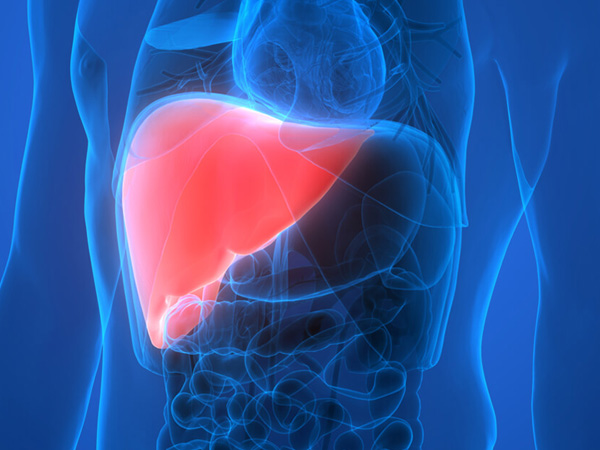Nonalcoholic steatohepatitis (NASH)
Current Studies:
Call 515-225-6050 to discuss which study might be right for you or fill out a personal contact form.
Support Resources:
What Is NASH?
Nonalcoholic steatohepatitis, or NASH, is the most severe form of nonalcoholic fatty liver disease (NAFLD), a condition in which the liver builds up excessive fat deposits.
The liver is part of the digestive system. The organ helps break down food, store energy, filter waste products, and remove toxins. Even healthy livers contain some fat, but if your liver has more than 5% fat, you may have some form of NAFLD. If that fat is accompanied by inflammation, it is called NASH.
NAFLD can be mild and symptomless, but if it progresses to NASH, it can sometimes cause people to experience liver damage similar to that caused by alcohol abuse, even if they do not drink.
The body can repair minor liver damage, but if the effects are severe or long-term, scar tissue eventually replaces liver tissue (a process known as fibrosis). That can lead to cirrhosis—a life-threatening condition in which irreversible damage prevents the liver from working properly.
Potential new diagnostic tools and treatments that are being evaluated in NASH may offer new hope for people with this serious liver disease.
Prevalence of NASH
NAFLD is the most common chronic liver disease in the U.S., affecting roughly 25% of adults. Most people with NAFLD have a fatty liver without inflammation. However, 20% of people with NAFLD develop NASH—liver inflammation that can seriously harm the organ. It is estimated that over 115 million adults around the world are impacted by NASH.
NASH is most common among people who are obese and/or have Type 2 diabetes. As these conditions become more prevalent, so does NASH.
Causes and Risk Factors
What Causes NASH?
Scientists don’t fully understand what causes NAFLD or why some people develop NASH and others don’t. But this is an area where researchers are learning more every year.
Genetics, metabolic changes, and changes to the microbiome (the microorganisms that are part of a healthy gut) might contribute to NASH.
Some other causes under study include:
- An immune system reaction to excessive fatty liver tissue
- The release of toxic inflammatory chemicals (cytokines) by liver cells or fat cells
- Self-destruction (apoptosis) of liver cells
- Oxidative stress, the effect of unstable molecules called free radicals

NASH and Genetics
Genetics seem to contribute to NAFLD and NASH. Research has identified gene changes that might play a role, including a certain variation in the PNPLA3 gene. This gene gives cells instructions for making adiponutrin, a protein found in liver cells and fat cells. Scientists believe that a particular change in the PNPLA3 gene could cause increased fat production and decreased breakdown of fats in the liver, which may contribute to development of NASH.
Ongoing research could shed further light on the role of PNPLA3 and other genes in NASH. Researchers have already confirmed that variations in PNPLA3 can be inherited. Genetically inherited variations of the HSD17B13 protein also may play a role in the development of NAFLD and NASH, as well as severity. Emerging research is attempting to clarify how lifestyle factors such as diet and exercise may affect how the body expresses these genetic variations.
Source: Pfizer Website 2024 https://www.pfizer.com/disease-and-conditions/nash#:~:text=NASH-,What%20Is%20NASH%3F,waste%20products%2C%20and%20remove%20toxins

